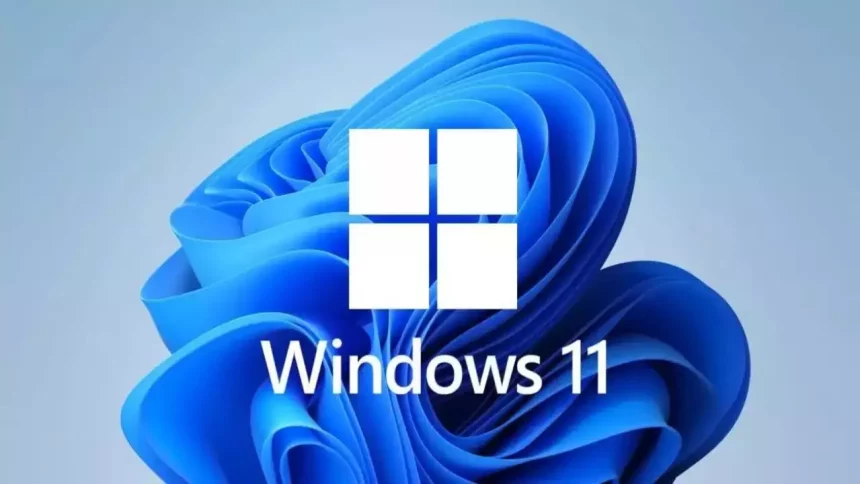For many Windows users, working with compressed files like RAR and 7-Zip has often required installing third-party tools like WinRAR. However, Windows is currently in for an exciting update, with Microsoft having recently revealed a range of enticing new features for Windows 11 earlier this year. Among them, the introduction of native support for RAR and various other archive file formats stands out. This update signals a significant shift. Because Windows users will no longer have to rely on third-party software to manage their compressed files. It will make their digital experiences smoother and more efficient.

The Interesting Update of Windows 11
In October, Microsoft released an optional KB5031455 Preview Cumulative Update Preview specifically designed for Windows 11 Version 22H2. The latest update supports 11 additional file archive formats, such as .rar and .txz. This is a significant advancement for Windows users, as it eliminates the necessity of relying on third-party software, such as WinRAR, to efficiently manage compressed files.
How to Get the Update
To benefit from this interesting update, Windows 11 users can easily follow these steps:
- Advertisement -
- Open ‘Settings’ on your Windows 11 device.
- Click on the ‘Windows Update’ option, available in either the Home or System menu.
- If your system hasn’t received the update now, a message may be there. Stating, “2023-10 Cumulative Update Preview for Windows 11 Version 22H2 for x64-based Systems (KB5031455) is now available.”
- To access the latest update, just click on ‘Download & Install.’ This update brings the highly anticipated RAR format.
After the update has been successfully installed, you’ll be able to effortlessly open, extract, and make changes to archive files, all without the need for additional third-party software.
A Bright Future for Windows
Microsoft has been diligently working on improving Windows 11 and this latest development is just one of the many exciting enhancements.
Initially, Microsoft shared their intentions to provide native support for a variety of file formats, including RAR, among other features. The upcoming Windows 11 update will support various file formats, streamline app access from the taskbar, and allow users to hide the date and time or shut down applications directly from the taskbar, making daily tasks more convenient.
Microsoft’s unwavering dedication to enhancing the Windows experience is demonstrated by its recent introduction of the AI-powered Copilot assistant, which made its debut in September. Copilot integrates a revamped Bing Chat into Windows 11, capable of generating summaries of web pages, toggling system controls, and providing text- and image-based responses to user queries. This feature promises to make Windows 11 an even more user-friendly and efficient operating system.
What Lies Ahead: After Windows 11?
Interestingly, there are hints of a potential Windows 12 release on the horizon. A fireside chat at the Citi 2023 Global Technology Conference hinted that Microsoft was gearing up for Windows 12 release in 2024. Intel CFO David Zinsner pointed at a 2024 release for Windows 12, suggesting that it could be a significant year for client experiences. In 2021, Windows 11 made its grand entrance and swiftly gained more than 400 million monthly active devices. This impressive number is expected to climb to 500 million by 2024. Solidifying its position as a top-tier operating system used by people all around the world.
One remarkable feature that arrived with Windows 11 is its native support for RAR and other archive formats. This step underscores Microsoft’s unwavering dedication to enhancing user experiences. With this innovative update, Windows users can now enjoy a more efficient file management experience.
Looking ahead to the future, we eagerly anticipate the potential unveiling of Windows 12 in the years to come. This development signals Microsoft’s ongoing commitment to making continuous improvements to its flagship operating system. Their goal is clear: to ensure Windows remains a pioneering force in the ever-evolving world of technology.


